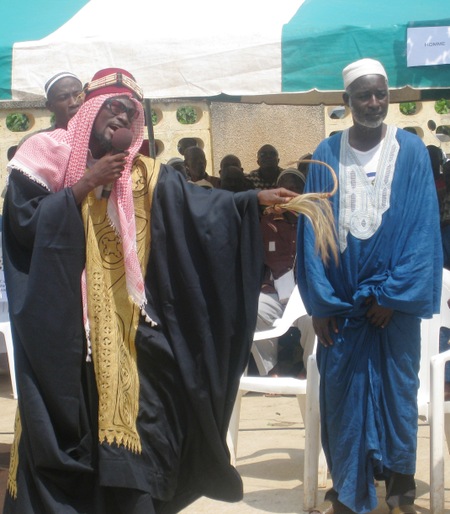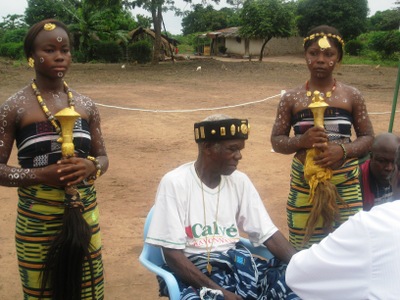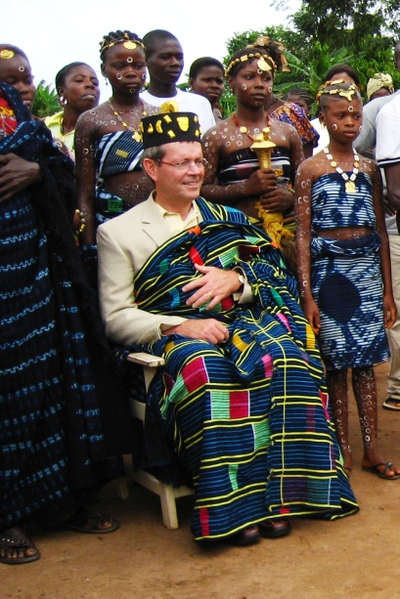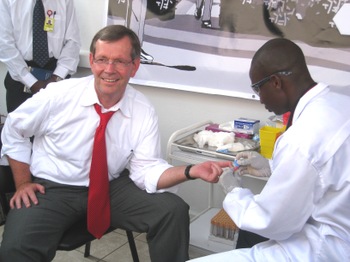Gustav Blog III
Written September 3, 2008
After spending Tuesday in Texas looking at shelters, the weather and air space cleared sufficiently so that I was able to join the President in Louisiana to review the progress in dealing with Hurricane Gustav.
Rather than attempt to detail the entire trip or various meetings I want to write a series of observations I made during the day.
First, we are getting much better at emergency response. One example is the fact that in the 72 hours before the storm hit, the largest medical evacuation in our nation’s history took place. We relocated more than 10,000 people from nursing homes, hospitals and situations requiring special needs. We did it in an orderly, safe and well planned way. Was it perfect? No, but it was done extremely well.
I’m hoping the real story of our nation’s response will not be missed. The media reports on the activities of the federal, state and local government to establish organization and facilities. However, the big story is the hundreds of thousands of Americans who previously didn’t know what to do this time ended up in shelters across the country. During Katrina there were more than 600,000 people in shelters. During this storm we had about 80,000 despite similar numbers being displaced overall. (On Wednesday there were only about 60,000 in shelters.)
There were hundreds of thousands of people who developed individual and family evacuation plans and executed them. Families went to Aunt Mabel’s, friends, motels or camp grounds. Preparedness isn’t just government’s work; it is the reaction of the ordinary citizen. The aggregate of each prepared citizen played starring roles in the drama. This is very good news because government simply cannot respond to everyone, we have to create facilities for the exception, the special need, the anomaly.
I report this not as way to be solicitously upbeat. The big story is that positive citizen action is key to successful execution. There were 1.5 million people who were evacuated in less than 12 hours. (During Katrina it took 25 hours for that many) Most of them took care of themselves this time allowing government to do a much better job with those that couldn’t.
The big problem right now in Baton Rouge is electricity. There are 1.4 million people without power. The lack of electricity requires constant transfers out of hospitals. Just before I left, I visited Baton Rouge General. There was a line of ambulances loading patients for transfer. As I walked up and down the hall, the conditions were extremely difficult. There was no air conditioning and few lights. They had backup generators, but they were proving inadequate for the demand.
A walk through a hospital during a time period like this is an important reminder of two things: how dedicated the staff is to continue working and just how sick many of those people are which makes moving them complicated.
The big commodities at this point in an emergency are water, ice, MREs (meals ready to eat—military prepackage meals) and tarps.
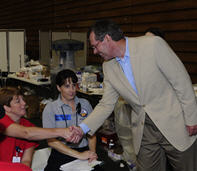
Secretary Leavitt meets members of the Disaster Medical Assistance Team in Baton Rouge.
This was the President Bush’s 27th trip to a disaster area during his time as President. The presence of a President is an important symbol. It reassures people and also serves as a deadline for people to get things done.
We met at the emergency management operation in Baton Rouge. The governors, mayor, senior emergency officials from the federal, state and local government were there. Also some elected officials. One by one, reports were given regarding the progress that had been made and priorities remaining.
The President reflected the experience of a man who has been through a lot of emergencies. At one point he said, “By my observation is that there are three phases to natural disasters. There’s the ‘glad to be alive phase;’ Then the ‘why didn’t you come sooner phase,’ and finally ‘I’m really mad phase.’ People are going to feel those things and our job is to just keep moving forward to solve the problems.” That matches my experience as well.
It should be noted that the levee system held. There is a lot of deserved satisfaction among the engineers about that.
We are obviously not out of the woods on storms this year. There is a virtual conga line of storms lining up off the gulf coast. Hopefully, they will dissipate and not throw us into the soup again soon. If it happens, we’ll be ready.



